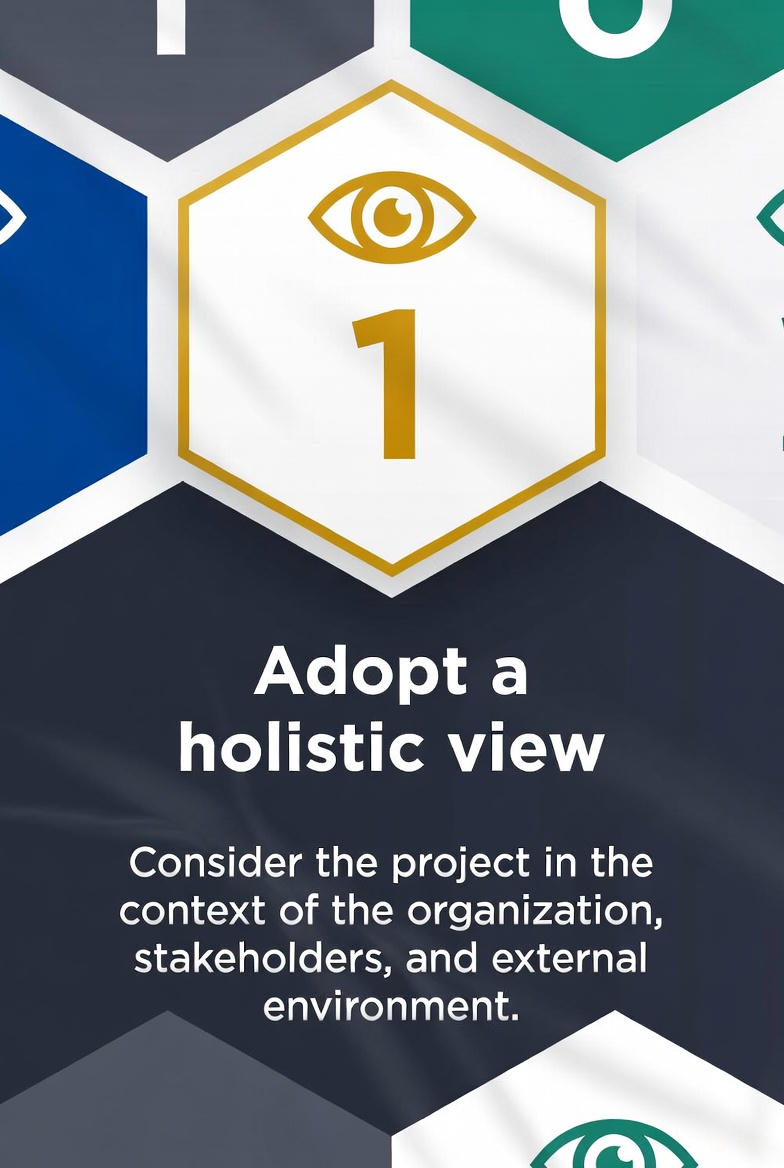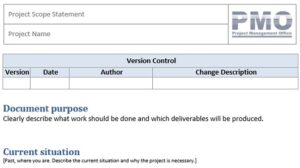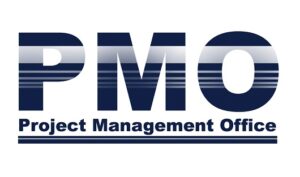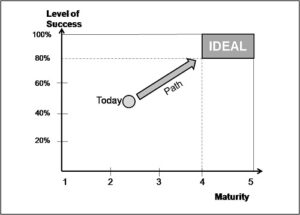The PMBOK® Guide – Eighth Edition begins its set of six guiding principles with a transformative concept: Adopt a Holistic View.
This principle reshapes how project professionals approach performance — encouraging them to see projects not as isolated efforts but as interconnected systems that contribute to a larger organizational and societal ecosystem.
In a complex world of overlapping portfolios, digital transformation, and rapid change, success depends on understanding how each project decision influences the whole system. The holistic view principle ties together all seven Performance Domains — Governance, Scope, Schedule, Finance, Stakeholders, Resources, and Risk — to ensure value delivery is coordinated, intentional, and sustainable.
What Does “Adopt a Holistic View” Mean?
In the context of the PMBOK® Guide – Eighth Edition, adopting a holistic view means recognizing that projects exist within a web of interdependencies — organizational structures, strategies, value streams, technologies, and stakeholder networks.
Rather than optimizing a single metric such as schedule or cost, project leaders must balance multiple perspectives:
- Strategic: How does this project support organizational goals?
- Operational: How do decisions in one domain affect performance in others?
- Systemic: How do outcomes influence broader business or environmental systems?
This shift from “project in isolation” to “project as system” leads to better decisions, stronger governance, and lasting value.
Why the Holistic View Matters
Projects that lack a systemic view often fail for predictable reasons — misaligned goals, duplicated efforts, and unintended impacts on other initiatives. PMBOK 8 addresses this by integrating holistic thinking into every principle and domain.
Key Benefits of a Holistic View:
- Strategic alignment: Projects clearly connect to mission and portfolio objectives.
- Improved risk resilience: Interdependencies are mapped and managed proactively.
- Optimized resource utilization: Teams collaborate across initiatives, avoiding conflicts and waste.
- Enhanced stakeholder confidence: Decisions are transparent and grounded in system-wide understanding.
When project managers adopt this principle, they transition from task executors to system leaders — professionals capable of delivering outcomes that sustain value across time and context.
Connecting the Holistic View to the Performance Domains
PMBOK 8’s structure allows this principle to be practically implemented through the seven performance domains.
| Performance Domain | Holistic View Application |
|---|---|
| Governance | Align decision-making with enterprise strategy and system constraints. |
| Scope | Evaluate how scope changes impact benefits, resources, and stakeholder satisfaction. |
| Schedule | Synchronize timelines across interdependent projects or product releases. |
| Finance | Consider financial interdependencies and long-term investment impacts. |
| Stakeholders | Recognize and balance competing interests in system-level outcomes. |
| Resources | Manage capacity and skills across organizational systems, not just a single project. |
| Risk | Identify cascading risks that emerge from systemic dependencies. |
By treating the project as part of a dynamic value network, professionals can coordinate across domains to avoid local optimization that undermines global success.
Applying Systems Thinking in Project Management
The holistic view principle is best implemented through systems thinking — a mindset that analyzes how parts influence the whole. PMBOK 8 builds on this concept by encouraging teams to:
- Map Interdependencies: Identify how project outputs connect to portfolio benefits, operational processes, and stakeholder groups.
- Visualize Flows of Value: Use value stream maps or system diagrams to see how deliverables create outcomes across departments.
- Assess Feedback Loops: Recognize how early decisions can reinforce or erode performance over time.
- Balance Trade-offs: Make integrated decisions that consider cost, time, quality, risk, and sustainability simultaneously.
This approach ensures project professionals can foresee ripple effects and optimize outcomes for systemic value, not just isolated performance metrics.
The Role of Governance in Maintaining a Holistic Perspective
Holistic performance requires governance structures that connect strategic intent to project execution.
In PMBOK 8, the Governance Performance Domain ensures that roles, responsibilities, and escalation mechanisms support system-wide accountability.
To embed a holistic perspective in governance:
- Establish clear alignment mechanisms (e.g., portfolio boards, value councils).
- Use decision thresholds based on total value impact, not just project cost.
- Encourage cross-functional representation in key governance bodies.
Strong governance ensures that no decision is made in isolation — every change or risk response is reviewed in light of its systemic implications.
Tools and Techniques for Building a Holistic View
Implementing this principle requires tools that enhance visibility, collaboration, and feedback across the project environment.
Recommended Techniques:
- System Mapping: Visualize interdependencies between domains, stakeholders, and deliverables.
- Balanced Scorecards: Track performance from multiple perspectives — financial, customer, process, and learning.
- Dependency Logs: Document and monitor cross-project and cross-team dependencies.
- Integrated Dashboards: Provide real-time visibility of cost, schedule, and quality indicators.
- Scenario Analysis: Simulate system-wide impacts of key decisions or risks.
These tools promote data-driven governance and collaborative awareness, allowing teams to identify weak links before they become systemic failures.
Example: Holistic View in Practice
Imagine a large organization implementing a sustainability transformation program.
If the project team optimizes cost and schedule without considering supply chain resilience or stakeholder reputation, the project may succeed short-term but fail strategically.
By applying a holistic view:
- The Governance Domain ensures alignment with sustainability KPIs.
- The Finance Domain allocates funding for long-term environmental compliance.
- The Stakeholder Domain manages community and regulatory engagement.
- The Risk Domain anticipates exposure to market or compliance changes.
The result is a balanced system of value, where every domain reinforces — rather than contradicts — the others.
Measuring the Holistic View Principle
Since the holistic view drives systemic alignment, its effectiveness can be evaluated using cross-domain indicators.
Key Performance Indicators (KPIs):
- Value Alignment Index: Percentage of project objectives directly tied to strategic goals.
- System Dependency Closure Rate: Rate of identified dependencies resolved before milestone deadlines.
- Cross-Domain Change Impact Score: Level of integration across governance, finance, and scope.
- Portfolio Integration Maturity: Degree of coordination between interrelated initiatives.
These metrics help PMOs and governance bodies verify that projects contribute effectively to enterprise value rather than local optimization.
Challenges in Adopting a Holistic View
Transitioning to this mindset is not easy. Common challenges include:
- Functional Silos: Departments optimize for their own goals.
- Limited Visibility: Teams lack access to portfolio-level data.
- Short-Term Focus: Pressure for immediate results overshadows systemic thinking.
- Resistance to Change: Traditional structures discourage cross-boundary collaboration.
How to overcome them:
- Promote transparency through integrated dashboards.
- Train leaders in systems thinking and interdependency management.
- Incentivize outcomes based on value, not output volume.
Over time, these practices build an organizational culture that naturally supports holistic performance.
Conclusion
The first principle of the PMBOK® Guide – Eighth Edition — Adopt a Holistic View — represents a profound shift in how success is defined and achieved.
It reminds project professionals that every decision, risk, and deliverable is part of a larger value system that extends beyond the boundaries of the project itself.
When combined with the other five principles — Focus on Value, Embed Quality, Be an Accountable Leader, Integrate Sustainability, and Build an Empowered Culture — the holistic view becomes the foundation for systemic excellence and sustainable value delivery.
By mastering this principle, project leaders move beyond managing projects — they manage systems of value.
Call to Action:
References
Project Management Institute (PMI). A Guide to the Project Management Body of Knowledge (PMBOK® Guide) – Eighth Edition. Newtown Square, Pennsylvania, USA: Project Management Institute, 2025. PMBOK Guide 8: The New Era of Value-Based Project Management. Available at: https://projectmanagement.com.br/pmbok-guide-8/
Disclaimer
This article is an independent educational interpretation of the PMBOK® Guide – Eighth Edition, developed for informational purposes by ProjectManagement.com.br. It does not reproduce or redistribute proprietary PMI content. All trademarks, including PMI, PMBOK, and Project Management Institute, are the property of the Project Management Institute, Inc. For access to the complete and official content, purchase the guide from Amazon or download it for free at https://www.pmi.org/standards/pmbok if you are a PMI member.





